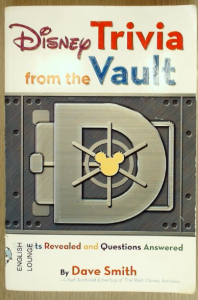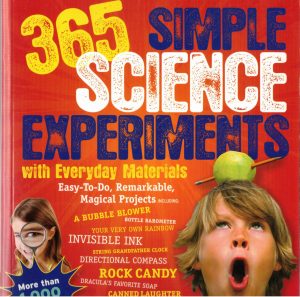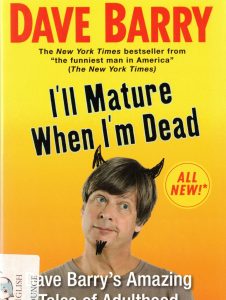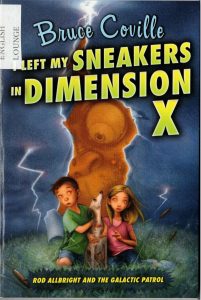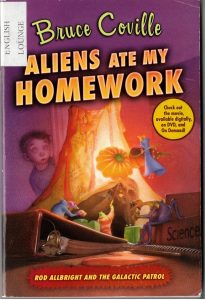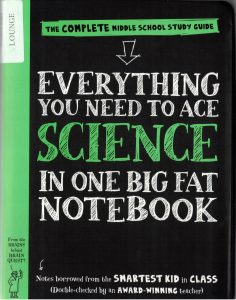[Welcome to the EL Book Introductions series. These posts are all short (<180 words) introductions/reviews of books in the EL library. They focus on telling you what we think will be interesting for you, a college student and English learner, so use them to help you find the right book for you. You can also use the tags to find books about topics you might be interested in.]
_______
Cirque du Freak is designed for TOEIC 600-level extensive reading (多読). In other words, if you are studying for the TOEIC, this book has good vocabulary and grammar…but it is an entertaining story instead of boring test-prep material. Each chapter is very short, so you can easily read one chapter a day. It is also the first book in a series, so if you like it, you have lots more books to read. If you read carefully, you will notice that it is written in British English.
This is the story of Darren Shan, a middle-school boy, and his friend Steve. The two boys visit a magical “freak show” where they see the wolf man, the snake boy, a trained and deadly spider, and lots more. When Steve discovers the horrible secret of the spider’s owner, he and Darren get sucked into a nightmare mixed up with vampires, death, and lying and backstabbing between the two friends.
My two cents: This was a pretty interesting book, but the story doesn’t warm up until about chapter 7. I suggest reading chapter 7, 8, 9, 10, or 11 first to see if it is a good book for you.


